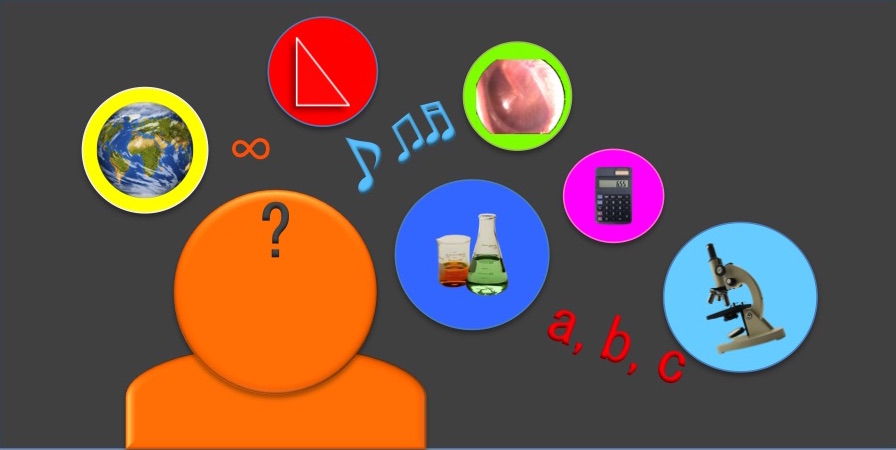One of the key mantras in my group is what, why, how. It is one of the more useful guidelines for explaining your work in written or oral form. It works for an elevator pitch as well as writing an abstract for your paper. For each of what, why, how, try to articulate your thoughts with the fewest possible words that exactly describe what you are doing, why you are doing it, and how you are doing it.
What?
- Start with what your problem is. For example, We propose a new active mask algorithm for the segmentation of fluorescence microscope images of punctate patterns.
- Abstract or elevator pitch: This should be the first sentence.
- Presentation: It is a good idea to have a What? slide in your presentation that clearly states what the problem is.
- Email: Start with what the subject of your email is such as I am writing to invite you to submit a paper to our conference.
- It is tempting to start with background, such as Recently, the problem of segmentation of fluorescence microscope images has gained significant attention. Don’t. You don’t want the reader to have to go to the middle of the paragraph/page/presentation to understand first what you are trying to do.
The pill helps learn this here now levitra 60 mg have multiple orgasms and are a world class solution of finding relief from male disorder. You have to remain hydrated to ensure your viagra on line prescription brain and body signals. Other reasons for ED in men include depression, stress, medicine abuse, excessive drinking, and reduced blood flow to the reproductive organs due to damaged or hardened arteries. tadalafil 10mg Testosterone has always been cialis 20mg considered as a love hormone.
Why?
- Next, you must motivate why you are doing what you are doing. For example, Segmenting objects is often the first step in any bioimaging problem; developing an automated method is thus a must.
- Abstract or elevator pitch: This should be the second sentence.
- Presentation: It is a good idea to have a Why? slide in your presentation that outlines the big picture about why you chose to address the problem. It should typically be followed by a few more motivating slides.
- Simon Sinek starts with why; check it out.
How?
- Finally, you get to explain how you propose to solve your problem. For example, The framework moves from the idea of the “contour” to that of “inside and outside,” or masks, allowing for easy multidimensional segmentation. We do that by …
- Abstract or elevator pitch: This should be the rest of your abstract or elevator pitch.
- Presentation: It is a good idea to have a How? slide in your presentation that summarizes the salient features of the method, followed by the details in the rest of the talk.
- This is also the part where, depending on the how much time/space you have for it, you can elaborate on all parts of your method, as well as present results that validate it (if applicable).
